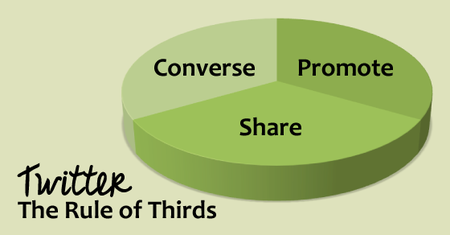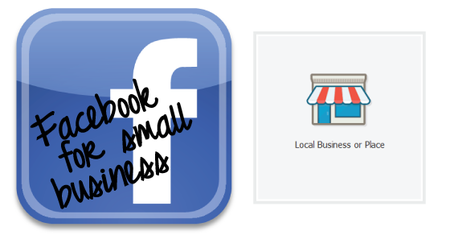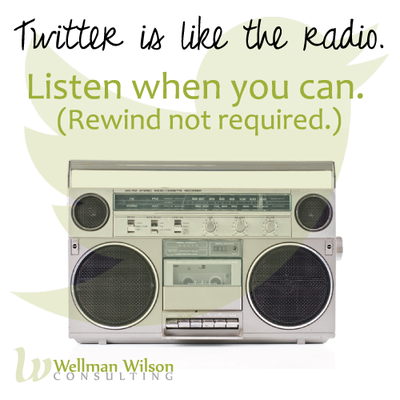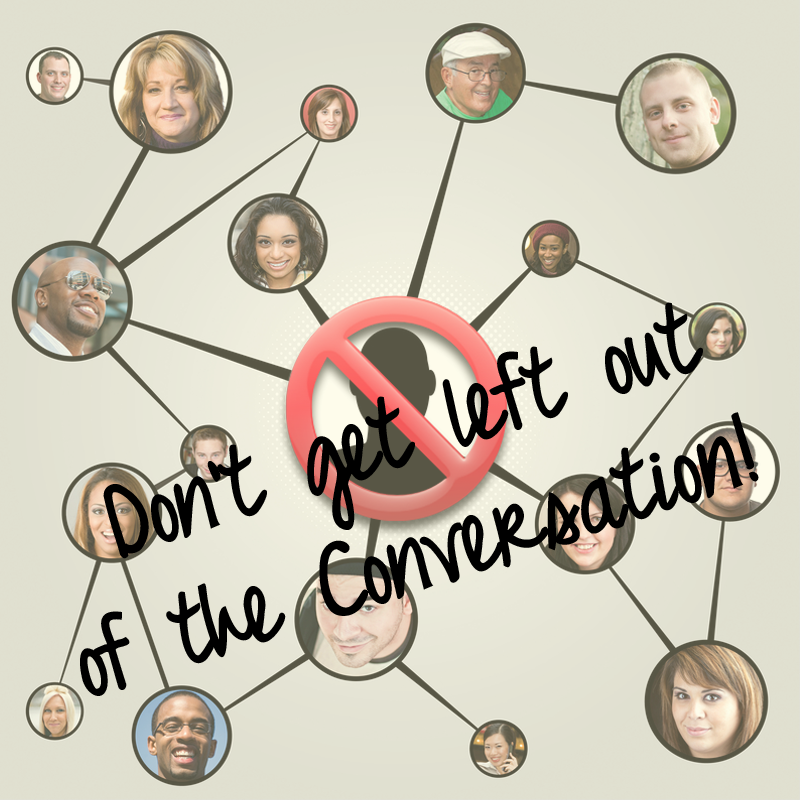 I’m not a huge fan of saying there are “rules” in using social media, but “guideline of thirds” sounds a bit silly. We encourage the Twitter rule of thirds because it’s easy to remember - we’re all about keepin’ it simple.
I’m not a huge fan of saying there are “rules” in using social media, but “guideline of thirds” sounds a bit silly. We encourage the Twitter rule of thirds because it’s easy to remember - we’re all about keepin’ it simple.
Here’s the thing: there are three important things you will want to do if you want to grow a community through Twitter. These three things are listed in the priority order but 3 (promote) should never be more than a third of your total tweets.
1) Talk to people.
Social is the most important word in “social media”. Be personable. Do a little networking. Jump in to conversations. Every one of these suggestions is the right way to use Twitter - even if it goes against the IRL (in real life) manners that are ingrained in you. Don’t let that stop you from getting the most you can out of using Twitter. You can have five different conversations going on at once if you want. You can answer right away or two days later. Conversation on Twitter is more flexible than conversation you’ll find in any other forum.
2) Share other people’s content.
You are one of millions and millions of really smart people using Twitter to share really smart content. I bet your audience will find value in things that aren’t written by you - the same way you find it valuable. So, why not share it? It can even be content from a competitor. Or, rather, someone else who has a similar business. We share valuable content from other consultants all the time.
3) Promote your own content.
You’re working hard to build great content that’s useful to others, so promoting it is the best way for you to help the right people find it. Don’t be shy about sharing your original content. You just don’t want that to be the only thing you do.
The Twitter rule of thirds will help you stay cognizant of how much you’re networking, sharing and promoting and that you’re using Twitter to its full potential - to build relationships.





